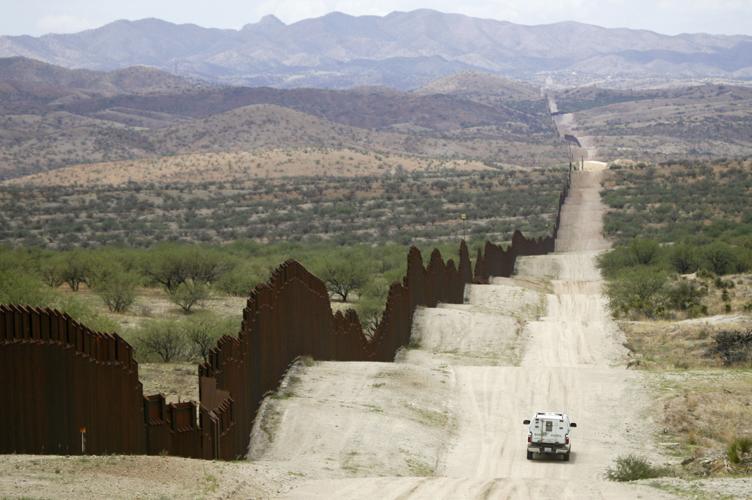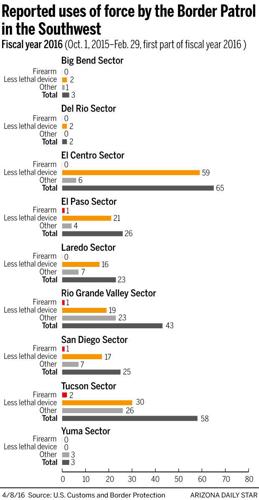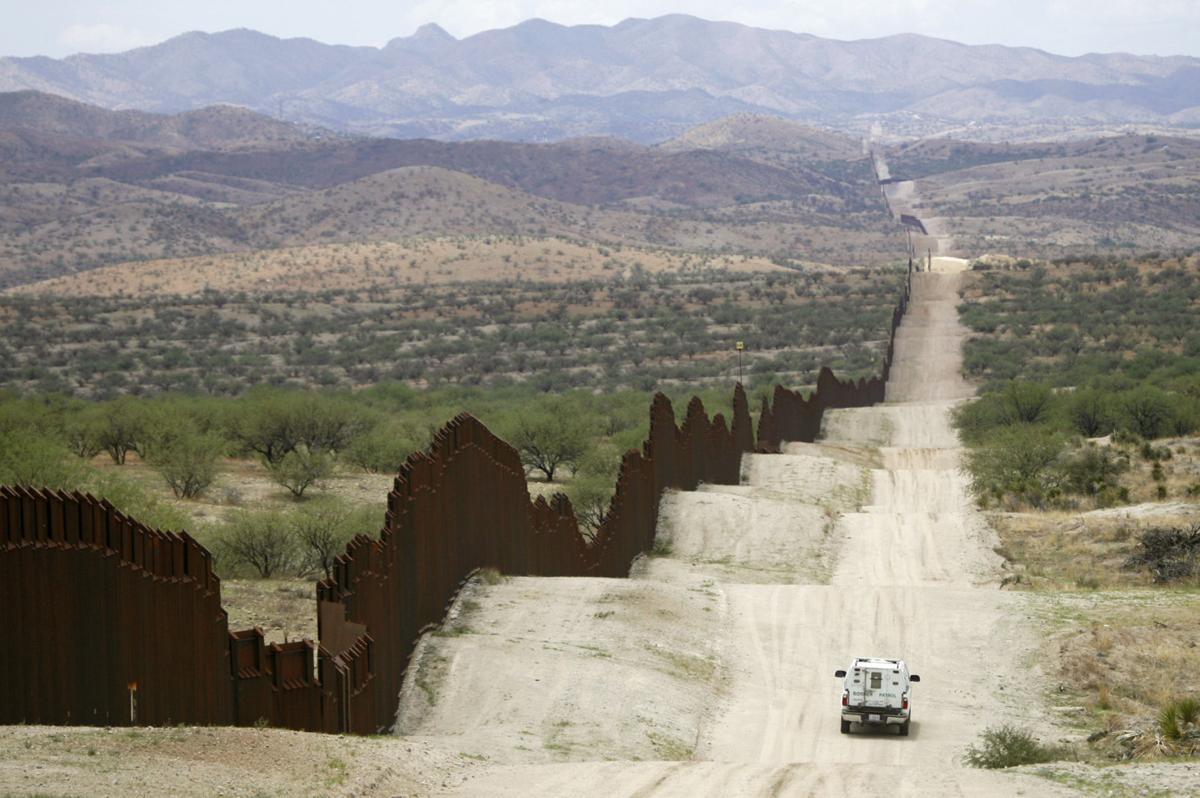Border Patrol agents have shot their guns five times this fiscal year, including two incidents in the agency’s Tucson Sector, newly released data show.
Customs and Border Protection released sector-specific use-of-force statistics Thursday, six months after reporting national numbers without sector-specific information. The largest law enforcement agency in the country will now update the number of incidents on a monthly basis, broken down by sector and by branch.
CBP also said Thursday it is seeking industry input on body and vehicle-mounted cameras. The fiscal year 2017 budget calls for $5 million to be spent on, among other things, the camera system and development of the agency’s policy for their use.
“This solicitation for information on available technology is an important step in CBP’s efforts to determine how expanded camera usage can benefit our agency,” Commissioner R. Gil Kerlikowske said in a news release. “CBP is committed to this effort and expanded transparency through a number of efforts, including an increased camera infrastructure.”
CBP wants to look into using the cameras for areas at, and between, the ports of entry. That would include checkpoints, outbound operations and other areas labeled high risk, the release said.
CBP has come under increasing scrutiny for its use of force and lack of transparency. Over the last five years, agents and officers have killed at least 40 people — 11 of them in the Tucson Sector.
Since fiscal year 2011, use of force cases dropped about 36 percent nationwide among the three branches within CBP — Border Patrol, Office of Field Operations and Air and Marine Operations — from more than 1,000 to 756 last year. So far this fiscal year, CBP has reported 282 use-of-force instances. The vast majority, 185 cases, involved a “less lethal device.”
CBP’s data reflect individual uses of force, not incidents. For instance, there may be multiple uses of force during a single event.
Agents in the Tucson Border Patrol Sector are among those in the Southwest that report the most use of force. Last fiscal year, the sector reported 160 cases — three of them involving a firearm. The rest were instances in which they used a less lethal device, which could be a baton or pepper-ball gun or “other,” which the agency describes as offensive driving techniques or physical strikes.
During the same time period, the Big Bend Sector and San Diego agents shot their weapons five and six times, respectively.

Since Oct. 1, the start of the fiscal year, through Feb. 29, there were 58 use-of-force incidents, including two involving a firearm in the Tucson Sector. That’s topped only by the 65 cases in the El Centro Sector.
While the American Civil Liberties Union welcomes the release of the new data, it said it is likely underreported given the number of complaints the ACLU receives and that the large less lethal incidents demand more context.
Thursday’s numbers were missing a fatal shooting in El Paso, the Los Angeles Times reported. The ACLU has said it would like for CBP to report information regarding the circumstances of the incidents, how they were reported and what, if any, disciplinary actions resulted.
“Why hasn’t the agency’s new emphasis on de-escalation had a larger effect, and what disciplinary consequences have resulted from force incidents that violate policy?” Chris Rickerd, policy counsel with the ACLU, said in an email.
Since 2014, Kerlikowske has announced new training and guidelines aimed at curbing abuses and changes made in how use-of-force incidents are investigated, and he has released the agency’s use-of-force policy handbook, all in an aim to address concerns of lack of accountability and transparency. A group of police experts reviewed 67 deadly force cases in 2013 and found that at times agents had deliberately stepped in front of cars and sometimes fired in frustration.
“The Border Patrol’s propensity to frequently use force underscores our disappointment at its slow pace of accountability reforms,” Rickerd said. “Body-worn cameras within a strong policy framework are badly overdue, and an independent law-enforcement panel’s June 2015 use-of-force recommendations must be implemented immediately.”
In January, a Border Patrol agent shot and wounded an alleged drug smuggler near the Arizona-New Mexico border, the latest shooting in the Tucson Sector.
But nearly three months later, neither CBP nor the Department of Justice has released additional information, including the name or nationality of the person who was shot, the number of times he was shot or his medical condition. A spokeswoman with the U.S. Attorney’s Office in New Mexico said Thursday she couldn’t provide any information on a matter that is under investigation.
In October, a Border Patrol agent patrolling the fence near Naco fired his weapon at a man he thought was pointing a gun at him. Mexican authorities, Border Patrol agents and aircraft from the Air and Marine Operations searched the area but didn’t find anyone.






